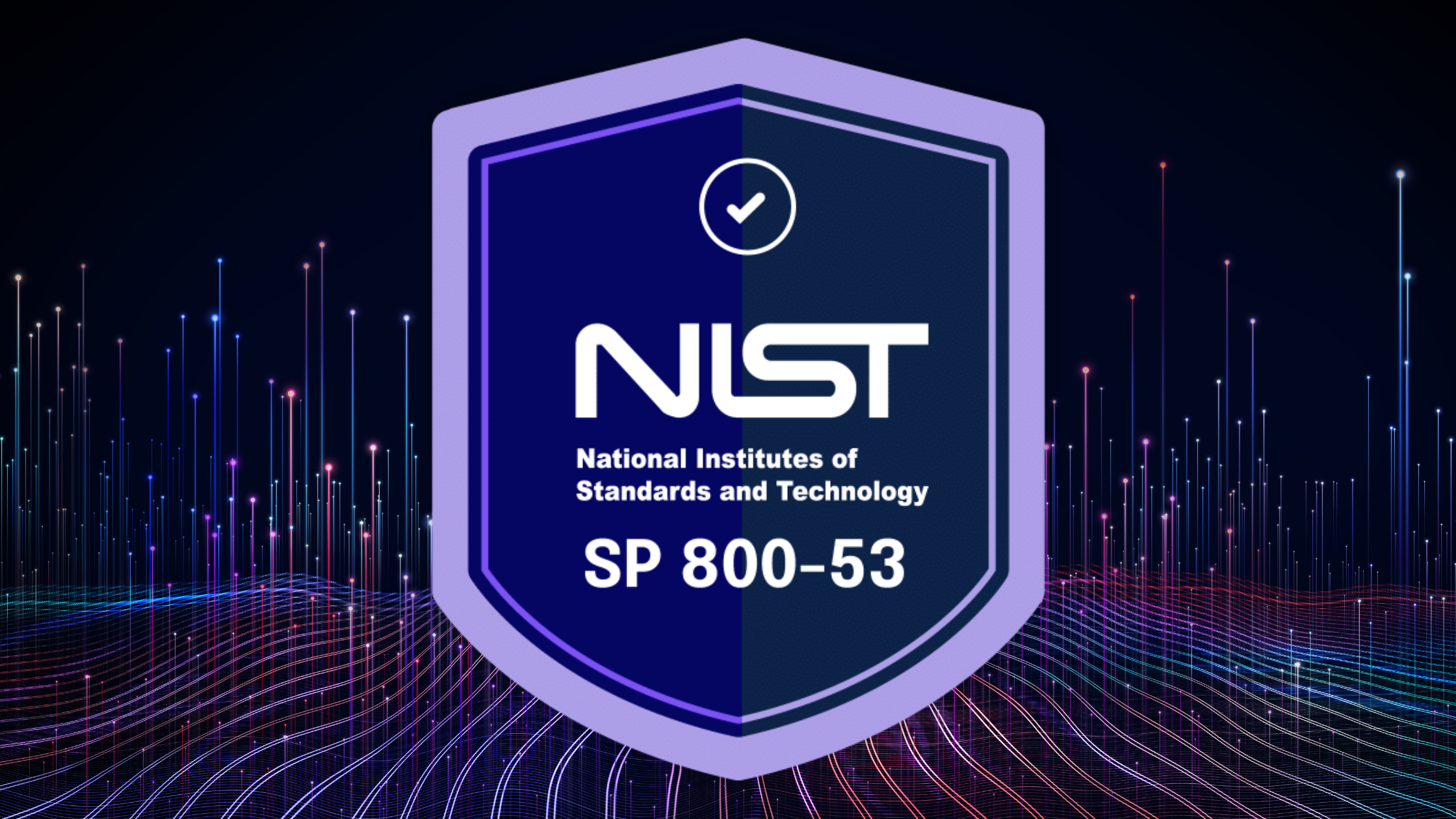Implementing the NIST Cybersecurity Framework 800-53: A Guide to Security Controls
Why the NIST Cybersecurity Framework 800-53 Matters for Your Business
Think about the last time you locked your front door. Did you just turn the key and walk away? Probably not. You might have double-checked the windows, ensured the garage door was down, and maybe even set an alarm system.
This layered security approach mirrors what the NIST cybersecurity framework 800-53 does for information security. It protects not just individual systems, but the assets, data, and operations critical to your organization’s resilience.
In this guide, we’ll break down why the NIST cybersecurity framework 800-53 is essential, how it aligns with other frameworks, and how your business can implement it effectively.
What Makes the NIST Cybersecurity Framework 800-53 Unique?
Imagine you’re building a house. Some building codes provide the minimum structural requirements. But what if you’re securing a financial institution or healthcare data? That’s an entirely different level of protection.
The NIST cybersecurity framework 800-53 is a set of controls for information systems that helps federal government agencies and private organizations mitigate risk. It provides a structured approach to implementing security requirements based on organizational needs.
Key advantages include:
- Risk-Based Security: Adapts controls to your organization’s specific threats.
- Comprehensive Guidance: Offers detailed implementation steps.
- Scalability: Works for small businesses and enterprise-level organizations.
- Up-to-Date Protection: Regularly revised to address emerging threats.
For the official NIST framework 800-53 documentation, visit NIST’s website.
Real-World Example: The Coffee Shop Security Model
To understand how the NIST cybersecurity framework 800-53 applies, let’s use an example from everyday life—a coffee shop chain implementing security controls.
Security Levels in Different Environments:
| Security Level | Example Environment | Key Security Controls |
|---|
| Basic (Low Impact) | Individual coffee shop locations | Door locks, security cameras, WiFi protection |
| Moderate (Corporate HQ) | Company headquarters | Biometric access, encrypted data, real-time monitoring |
| High (Payment Processing Center) | Financial transaction centers | Multi-factor authentication, continuous security monitoring, advanced threat protection |
Different components of your IT infrastructure need different levels of security based on their risk exposure.
Breaking Down NIST Framework 800-53 Control Families and Security Requirements
The NIST cybersecurity framework 800-53 categorizes security controls into families, each designed to address a specific cybersecurity need. Here’s a breakdown of key areas:
1. Access Control (AC): Managing User Privileges
Think of access control like security at a corporate office:
- Checks IDs → Authentication (Usernames, passwords, MFA)
- Issues visitor badges → Authorization (Role-based access control)
- Restricts access to certain areas → Least Privilege (Only giving access to what’s necessary)
- Escorts visitors out → Session Control (Automatic logouts, account deactivation)
Learn more about Cadra’s Cybersecurity Services
2. System and Communications Protection (SC): Securing Data Transmission
Your network is like a fortress:
- Walls and Gates: Firewalls and encryption
- Moat: Network segmentation
- Guard Towers: Monitoring and intrusion detection
- Secret Passages: Secure VPNs and encrypted communication channels
3. System and Information Integrity (SI): Ensuring Data Accuracy and Security
Just as your body defends against illness, your IT systems need layered protection:
- Prevention: Security patches, malware protection, input validation
- Detection: Continuous monitoring, anomaly detection, log analysis
- Response: Incident response plans, automated security alerts, rollback procedures
Next Steps: Strengthening Your Security Strategy
Security is an ongoing process, not a one-time project. Take the next step today:
Protect your digital assets with Cadra’s expertise.
Contact Cadra today to learn how we can help you implement the NIST cybersecurity framework 800-53 and strengthen your security posture.
